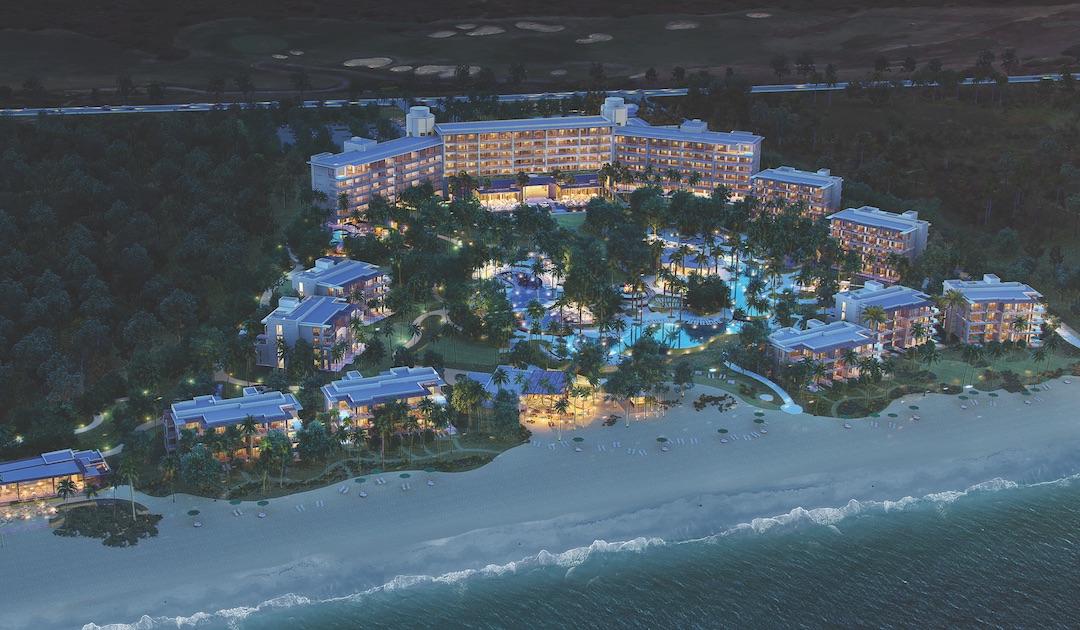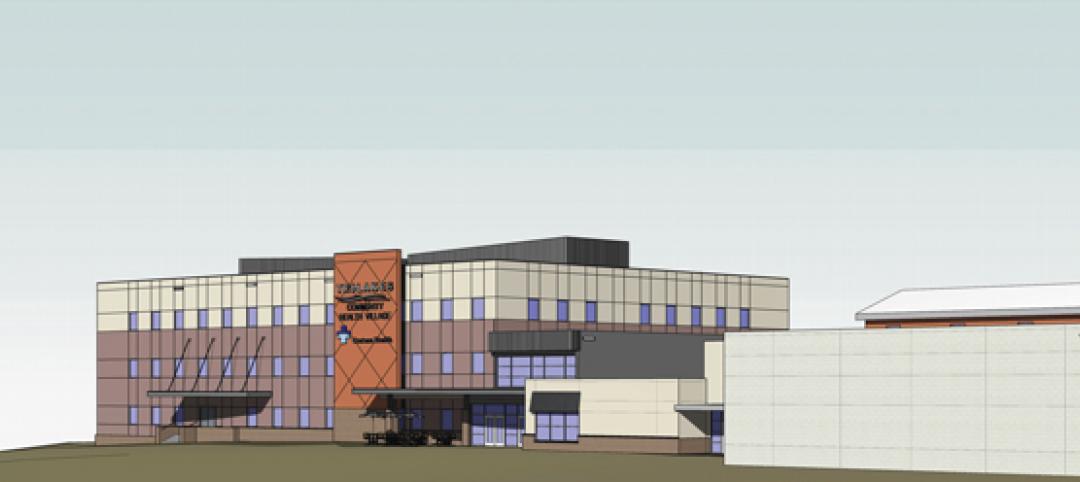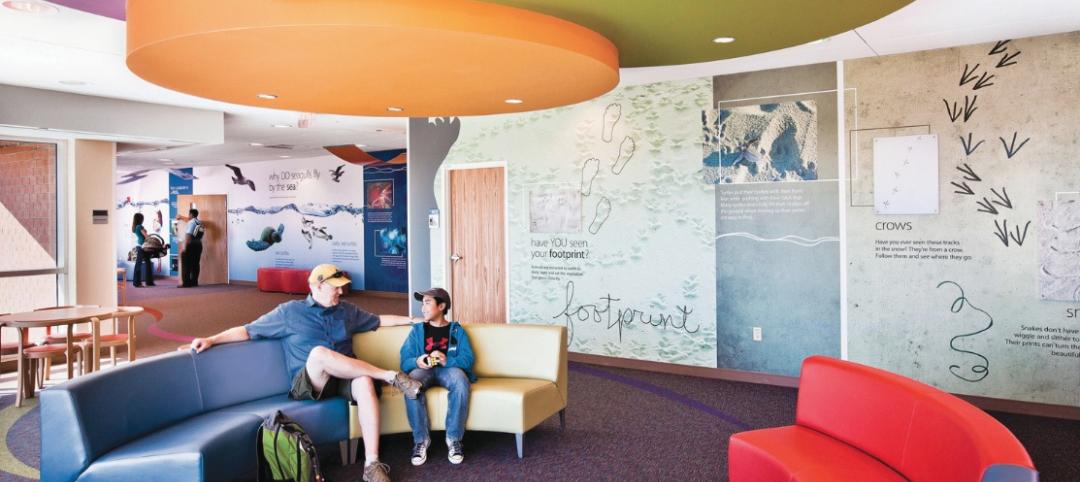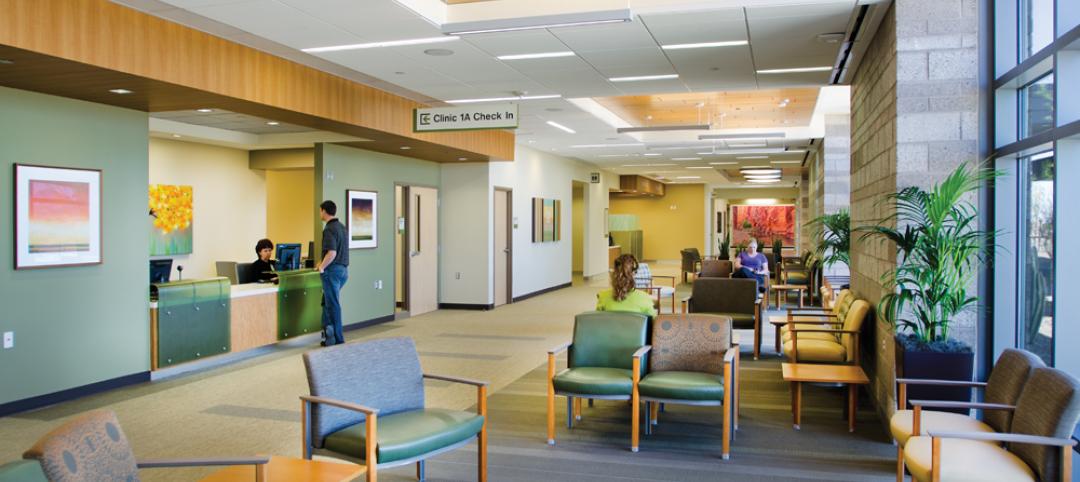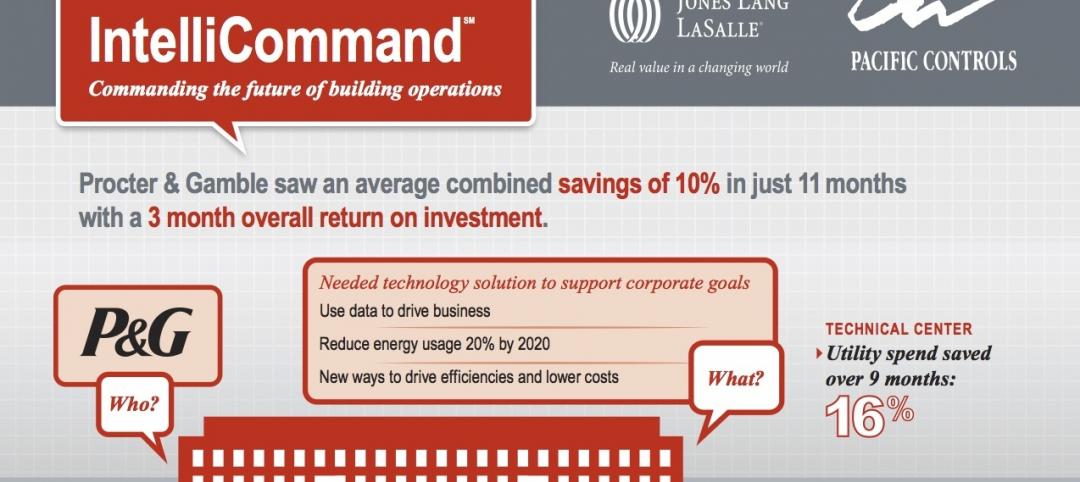Global travel spending hit $1.6 trillion last year. That spending feeds the hotel industry.
Last year, the U.S. alone opened 975 properties with 116,838 rooms, had 1,544 hotels with 200,632 rooms under construction, and another 1,506 hotels with 177,849 rooms in early planning stages, as estimated by Lodging Econometrics.
“Economic fundamentals appear strong enough to support tempered growth in the hotel space without any additional stimulus,” says Scott Lee, AIA, LEED AP, President and Principal of SB Architects.
See also: Top 110 Hotel Architecture + AE Firms - 2018 Giants 300
See also: Top 65 Hotel Engineering + EA Firms - 2018 Giants 300
See also: Top 90 Hotel Construction + CM Firms - 2018 Giants 300
Brian Klipp, FAIA, NCARB, Principal in CannonDesign’s Denver office, says hoteliers are basing their location decisions on strategic site, demographic, and market analyses.
One new trend is dual branding, which gives guests access to amenities shared by two properties, says Bill Wilhelm, President, R.D. Olson Construction. Dual branding also attracts a wider range of guests at various price points, which cuts down on staffing needs, he adds.
In April, Olson started construction on a 159-key Courtyard by Marriott and a 129-key six-story Residence Inn in Marina del Rey, Calif. They will share a lobby, waterfront restaurant and bar, and second-level outdoor terrace.
In Cancun, Mexico, SB Architects has designed two neighboring beachfront Hilton properties: the luxury 150-key Waldorf Astoria and the all-inclusive 600-key Hilton Cancun. The properties were developed by Parks Hospitality.
heightened Amenities score with guests
What sets hotels apart from one another is their public spaces and amenities, such as ubiquitous technology and food and beverage innovations, says Lee.
"Guests choosing a boutique hotel are looking for more than a nice place to sleep. They are seeking an immersive experience,” says Ray Delgadillo, a Designer with Page. The firm has designed the 39-key Ruby Hotel in Round Rock, Texas, which is set in an existing mid-century house as a full-service bar and gathering space. Two new buildings nestle beneath a lush canopy of trees.
Wendy Dunnam Tita, FAIA, IIDA, LEED AP, Page’s Principal and Interior Architecture Director, notes that art and architecture are "stronger than ever” in hospitality. “One way we achieve this is by creating moments in the space that emphasize art,” says Tita. “Urban landscape continues to have a lot of influence on our work.”
For The Hotel Chaco in Albuquerque, N.M., Gensler explored local ruins near Chaco Canyon to inform its decisions about the hotel’s design and materials, which included stone masonry and wood timbers, says Steven Burgos, NCIDQ, IIDA, Assoc. AIA, Technical Designer in Gensler’s Miami office.
As for hotel lobbies, they're looking more and more like co-working and open-office concepts. Gensler designed the lobby of the Aloft Miami Dadeland in Florida to serve as registration, café, lounge, workspace, and bar. “We also weaved in local context with connectivity to the outdoors and the infusion of bold pops of color,” says Burgos.
Brand standards have morphed into "standards with an attitude,” says CannonDesign's Klipp. Check-in areas are becoming "social environments" full of energy and engaging sounds and smells. In some hotels incoming guests are greeted and ushered to their rooms by iPad-equipped staff. Workspaces are being designed as tech-enabled lounges.
CannonDesign's recently completed Jacquard Hotel, which is scheduled to open this September in Denver’s Cherry Creek North District, has a ninth-floor rooftop with a 25-yard lap pool, spa, fire pits, bar, lounge areas, and dramatic views of downtown and the Rocky Mountains. The terrace is protected from inclement weather by a 10-foot-tall glass screen.
Hotels are expressing their personalities in all kinds of ways. In Switzerland, Bjarke Ingels Group has designed the 50-room Hotel des Horlogers in five zigzag sections. Guests will be able to access the nearby mountain slopes by skiing down the hotel’s rooftops.
See Also: Office trends 2018: Campus consolidations bring people together
Last May, in Ybor City, Fla., near Tampa, Aparium Hotel Group broke ground on a $52 million, 176-room boutique hotel. Aparium, which will manage the hotel, insisted that its design reference the city’s colorful past, which included a gambling house and the famous gay disco Las Novedades Restaurant. “We made a conscious decision to go back to a mid-century Havana design ethic,” with balconies overlooking the street and an interior courtyard, Carlos Alfonso, CEO of Alfonso Architects, told the Tampa Bay Times.
The forgotten sector: Midscale guests
In the hotel trade, not all markets are equal. Lodging Econometrics estimated that the upper midscale and upscale pipelines account for 72% of all U.S. hotel projects.
That leaves a gaping void in the middle.
"Hotels are successful when they are either large-scale or small," says SB Architects' Lee. "Occupying the middle ground can be dangerous territory. If there is one segment that should capture the attention of hotel developers in 2018, it’s the midscale."
Does anyone see an opportunity here?
Related Stories
| Sep 19, 2013
Roof renovation tips: Making the choice between overlayment and tear-off
When embarking upon a roofing renovation project, one of the first decisions for the Building Team is whether to tear off and replace the existing roof or to overlay the new roof right on top of the old one. Roofing experts offer guidance on making this assessment.
| Sep 17, 2013
Healthcare project will merge outpatient clinic with YMCA to promote wellness and prevention
Penrose-St. Francis Health Services and the YMCA of the Pikes Peak Region announce collaboration, along with developer The Boldt Company, to create next-generation wellness facility.
| Sep 16, 2013
Study analyzes effectiveness of reflective ceilings
Engineers at Brinjac quantify the illuminance and energy consumption levels achieved by increasing the ceiling’s light reflectance.
| Sep 13, 2013
Loews Hotels & Resorts announces major cross-portfolio upgrades
Loews Hotels & Resorts is currently in the midst of a major growth and property redesign initiative, reflecting a strong national trend in hospitality renovation.
| Sep 11, 2013
BUILDINGChicago eShow Daily – Day 3 coverage
Day 3 coverage of the BUILDINGChicago/Greening the Heartland conference and expo, taking place this week at the Holiday Inn Chicago Mart Plaza.
| Sep 10, 2013
The new medical office building: 7 things to know about today’s outpatient clinic
Regulatory pressures, economic constraints, and emerging technologies are transforming healthcare. Learn how Building Teams are responding with efficient, appealing, boundary-blurring outpatient buildings.
| Sep 10, 2013
BUILDINGChicago eShow Daily – Day 2 coverage
The BD+C editorial team brings you this real-time coverage of day 2 of the BUILDINGChicago/Greening the Heartland conference and expo taking place this week at the Holiday Inn Chicago Mart Plaza.
| Sep 4, 2013
Augmented reality goes mainstream: 12 applications for design and construction firms
Thanks to inexpensive mobile devices and increasingly advanced software apps, Building Teams are finally able to bring their BIM models to life on the job site.
| Sep 4, 2013
Smart building technology: Talking results at the BUILDINGChicago/ Greening the Heartland show
Recent advancements in technology are allowing owners to connect with facilities as never before, leveraging existing automation systems to achieve cost-effective energy improvements. This BUILDINGChicago presentation will feature Procter & Gamble’s smart building management program.
| Aug 30, 2013
A new approach to post-occupancy evaluations
As a growing number of healthcare institutions become more customer-focused, post-occupancy evaluations (POE) are playing a bigger role in new construction and renovation projects. Advocate Health Care is among the healthcare organizations to institute a detailed post-occupancy assessment process for its projects.


